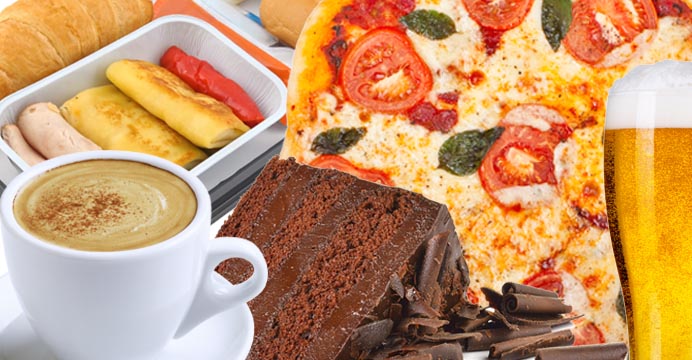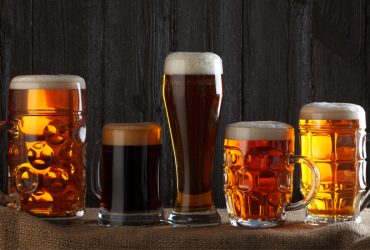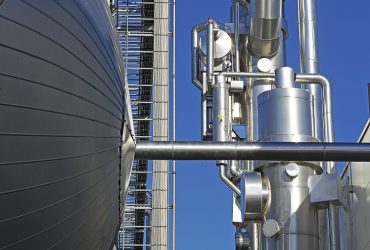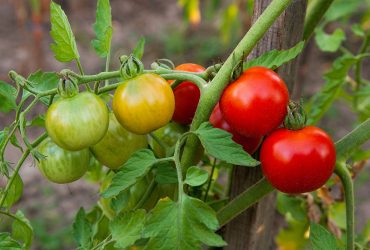
The role of gas in food and beverage – some examples
Over the course of a day, most of us come into contact with gas during meals, even if we don*t actually realise it. Gas is added to food and drink for a number of reasons. Here are just a few.
Morning coffee
For many of us, coffee is a sacred part of our lives. Coffee is sensitive to oxidisation, which affects its taste. It is therefore packed in a modified atmosphere (MAP), which enables the coffee to stay fresh for longer.
Cold cuts in flight
If you‘re on a flight, you can thank gas for making sure your cold food stays cool and fresh. Dry ice – carbon dioxide in its solid form – is a tasteless, odourless coolant. It‘s also perfect for keeping aeroplane food cool, as mechanical cooling linked to a power supply is not an option.
Time for a snack
The temperature of the dough is important to ensure the quality of bread and pastries. A cooling system uses a carefully calculated volume of cryogenic gas in order to cool the flour to the right temperature, ensuring that each item maintains the same high quality.
A beer after work
If you drink draught beer, gas is involved. A perfectly barrelled beer needs a special combination of carbon dioxide and nitrogen to ensure that the carbonation is just right. Carbon dioxide provides the right level of carbonic acid, while nitrogen presses the beer out of the barrel so it can be poured into a glass.
Chill out with a pizza
When you‘re feeling lazy and want something simple to eat, a frozen pizza can be a tempting choice. Cryogenic freezing agents are used along with carbon dioxide and nitrogen to maintain the consistency and taste of frozen pizza. The pizza is quick-frozen to seal in the taste of the dough, crust and topping.
Text: Cecilia Rudengren
Foto: Shutterstock



